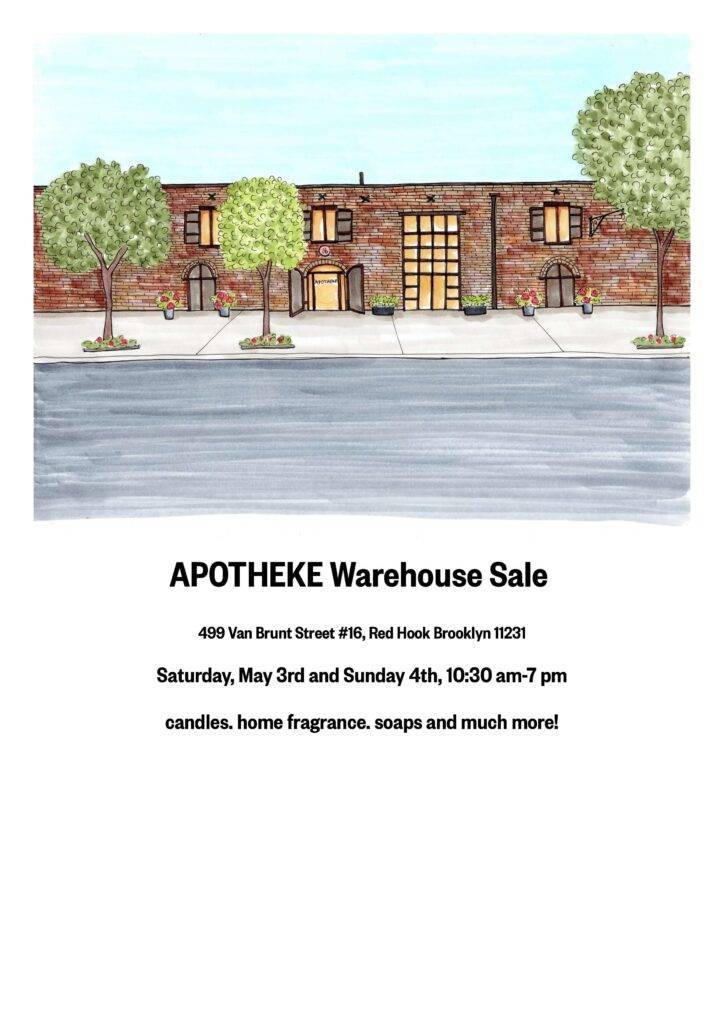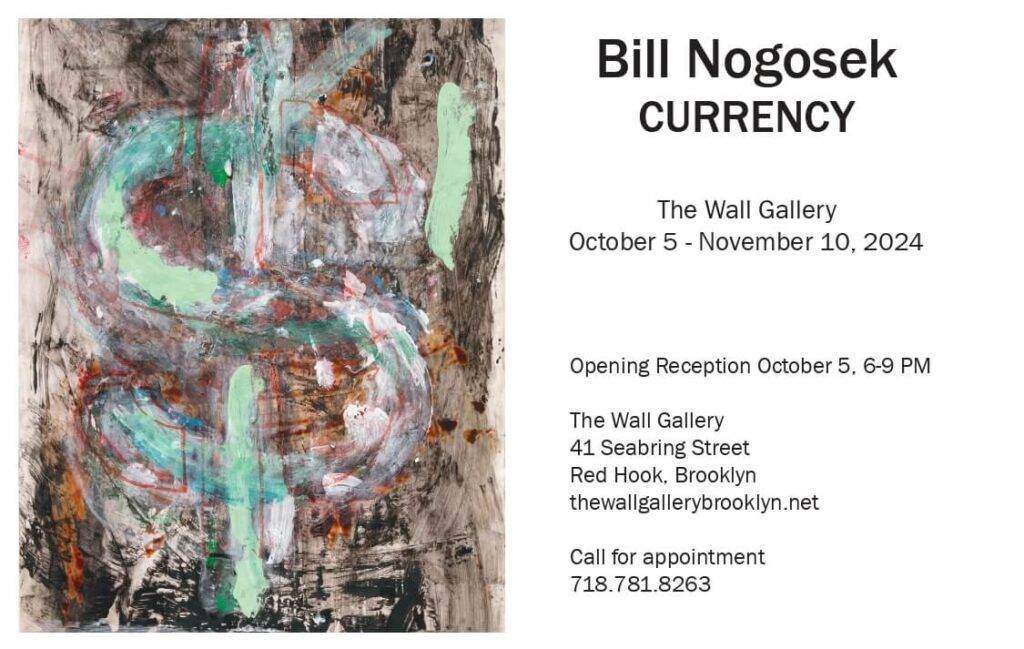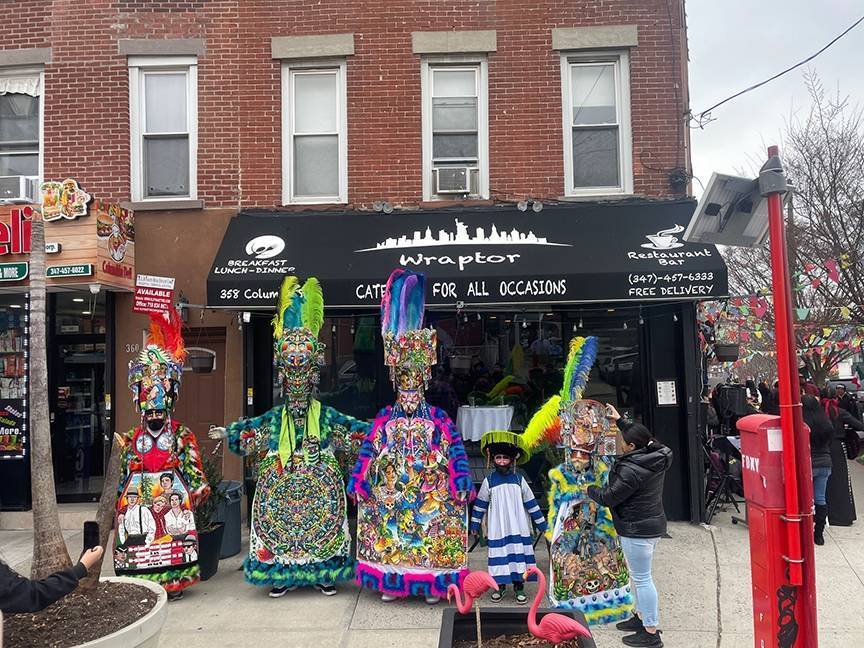Review of No Filter: The Good, the Bad, and the Beautiful, by Paulina Porizkova
Review by Michael Quinn
Books by authors whose first language isn’t English are always interesting to read. You often “hear” something unusual in the rhythm of the sentences. It has nothing to do with the writer’s command of the language. My guess is it’s a kind of internal translation—not of thoughts, but of feeling. No Filter: The Good, the Bad, and the Beautiful, by the Czech-born writer and former model Paulina Porizkova, is like a fist pounding on the door. It has a boom-boom-boom directness that demands to be listened to.
Then again, the book was written in three months. When you’re in a rush, you dispense with pleasantries. The tight turnaround time was likely intended to capitalize on Porizkova’s recent notoriety as “the Crying Lady on Instagram.” Heartbroken over the loss of her husband of 30 years, Cars’ musician Ric Ocasek, Porizkova was doubly wounded when she discovered he’d cut her out of his will. Seeking an outlet for her grief, she picked up her phone and put her confusion on public display. Her choked sobs and candor violated the norms of the social media world. She got people’s attention.
With a newfound audience, Porizkova uses No Filter to assert the “things I want to share, things I have thought about, things that hold me back, and things that propel me forward.” The 21 essays tackle topics like beauty (“ambiguous and contradictory”), aging (“a daily struggle of self-acceptance”), and love. As the title suggests, Porizkova doesn’t censor herself. But as the title also suggests, she doesn’t try to present herself in only a flattering light. Because of the nakedness of the feelings bared, No Filter shows Porizkova as she truly is.
Born in 1964, she was famous by four, a symbol of the war between the East and West after she was abandoned by her parents, who’d fled to Sweden to escape the Soviets. Her childhood was impoverished in everything but love yet at nine she was wrenched from the care of her beloved grandmother and sent to Sweden. By 15, she was modeling in Paris. She was soon successful enough to buy her mother a house, and still young enough to have a teddy bear to smuggle the money home in. She made a splash in the U.S. when she made the cover of Sports Illustrated in 1984, but her watershed moment came a year earlier, at 19, when she met her future husband on the video shoot for what would become the band’s biggest hit, “Drive.” Ocasek was married and more than twice her age.
From the start, the connection between the two was magnetic. They shared a fondness for old movies, an easy rapport, and an obsessive kind of love. Ocasek started dictating what Porizkova could wear (big, baggy clothes) and isolating her from her friends. Rather than feel alarmed, she was flattered that he wanted her all to himself. She writes, “Our relationship was filled with pain and beauty, and I thought that was proof of its depth.”
Porizkova started to turn down jobs to be with her husband. By the time she realized they’d grown apart, she’d aged out of her industry. Modeling work dried up and she was dependent on Ocasek for an income.
Yet even after they divorced, they remained friends, caring for their two sons and continuing to share a house. She was the one to discover him dead in bed—and then that he’d cut her out of his will for “abandonment.”
No Filter really excels in Porizkova’s refusal to turn away from facing difficult feelings, especially grief. After Ocasek’s death, the “world around me ceased to exist as I knew it. Or, rather, everything stayed the same, but I could no longer relate to it…All the things around me became shapes without meaning, an obstacle course.” People tire of our heartache long before we do, Porizkova points out, especially as we get older. It’s an experience she compares to having food poisoning while someone knocks on the bathroom door, asking when you’ll be done.
Another difficult thing about aging is that it can make you feel like an object of pity or scorn. Worst of all is not feeling seen at all. Porizkova, a woman who made millions from her good looks, now works to make peace with the lines on her face. Yet she still buys every cream on the market in what she knows is an absurd and futile pursuit of youth because this is “where visibility resides.” She writes candidly about the modeling business— the scrutiny, the perks, the sexual harassment on set (“I quickly assumed it was part of the job, and I wasn’t wrong”)—as well as her lifelong struggle with anxiety, traced to her forced separation from her grandmother. “Emotionally Botoxed” from antidepressants, she questions if there’s another way to cope: “What did I really feel like? I began to wonder and to want all my feeling back, even at the steep price of my misery.”
The essays all pick up on the same biographical threads, which can make reading them back to back sometimes feel repetitive. Had Porizkova more time, she might have shaped the material into a compelling memoir. Her self-awareness is the crucial thing that sets No Filter apart from other books in this genre. Porizkova’s authenticity is irresistible. She knows who she is. She knows what her hangs up are. And yet she remains open to change, chance, and possibility. She writes, “The idea of fate comforts me, because it allows me to believe that my life is guided by some greater meaning or purpose.”
Porizkova learned to read palms when she was a child from an eccentric old woman who lived upstairs in her grandmother’s house. “So much of our life in Czechoslovakia looked drab, gray, and beige,” Porizkova explains, yet Pani Rusova dyed her hair red and wore bright-colored clothing, like “a parakeet among sparrows.” Once vaguely embarrassed by the old woman’s bold style, Porizkova now admires it. “Standing out was a courageous choice,” she writes. And it’s clearly one that has continued to inspire her. After all, standing out isn’t only about being seen. It’s about being heard.









